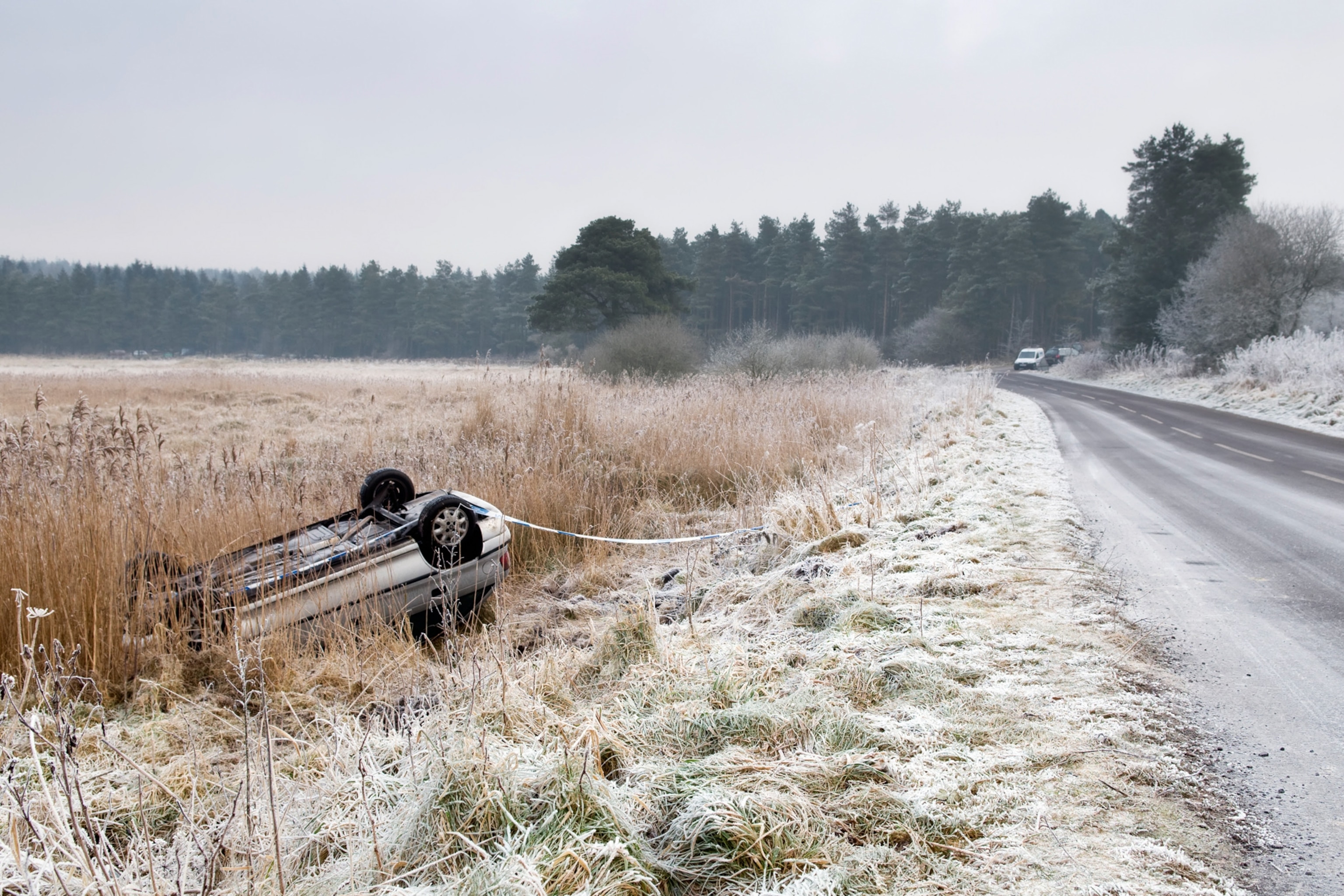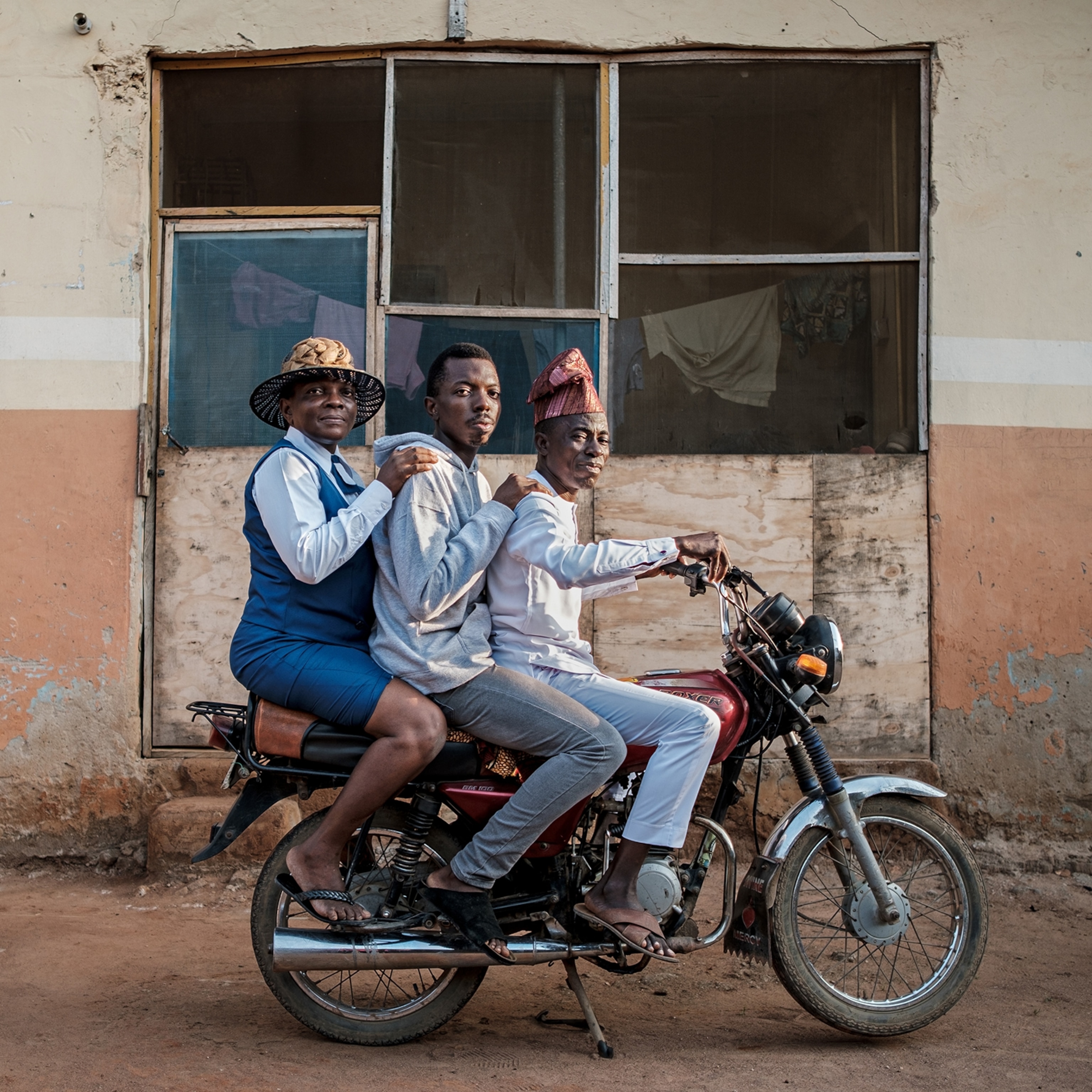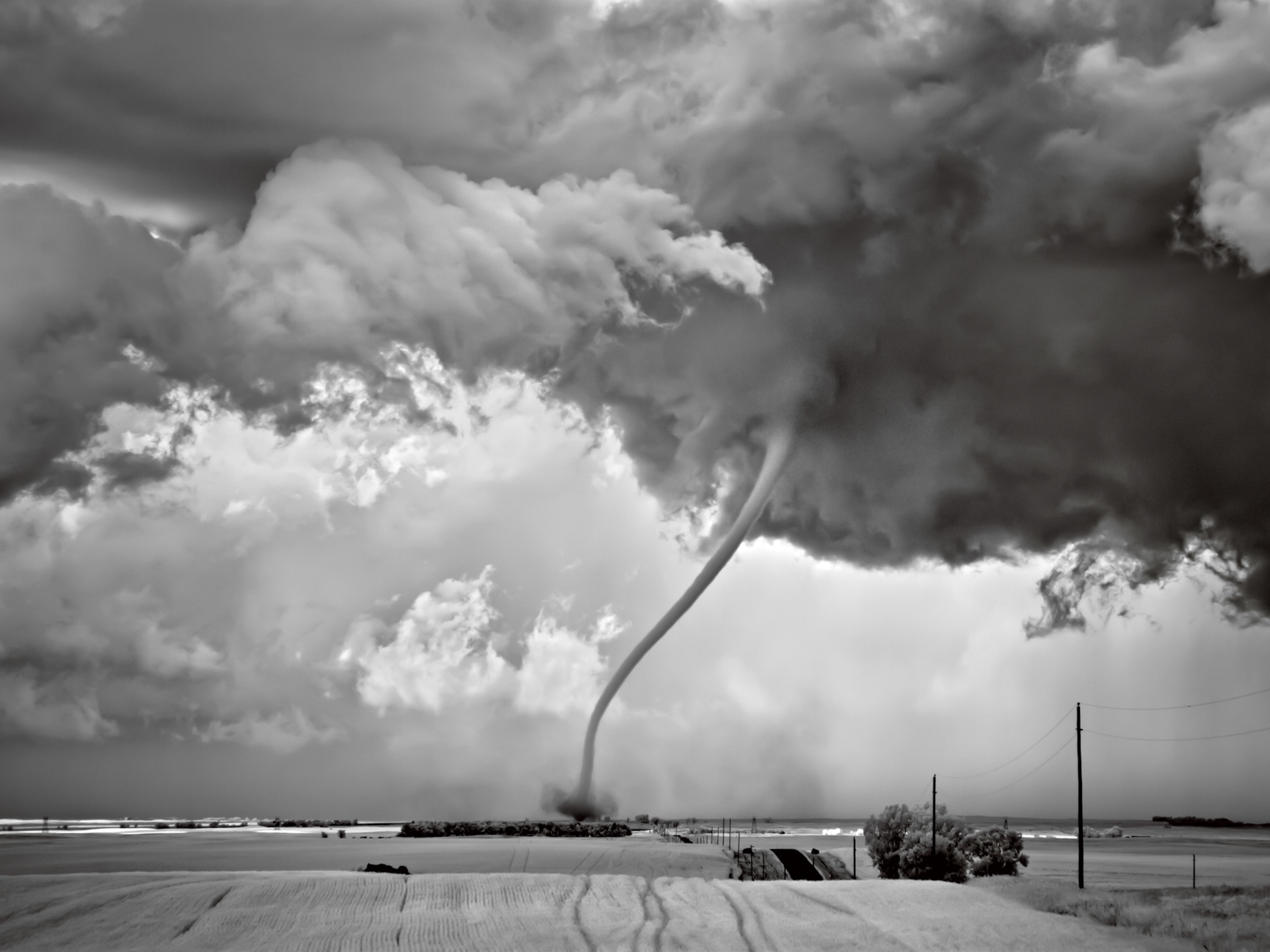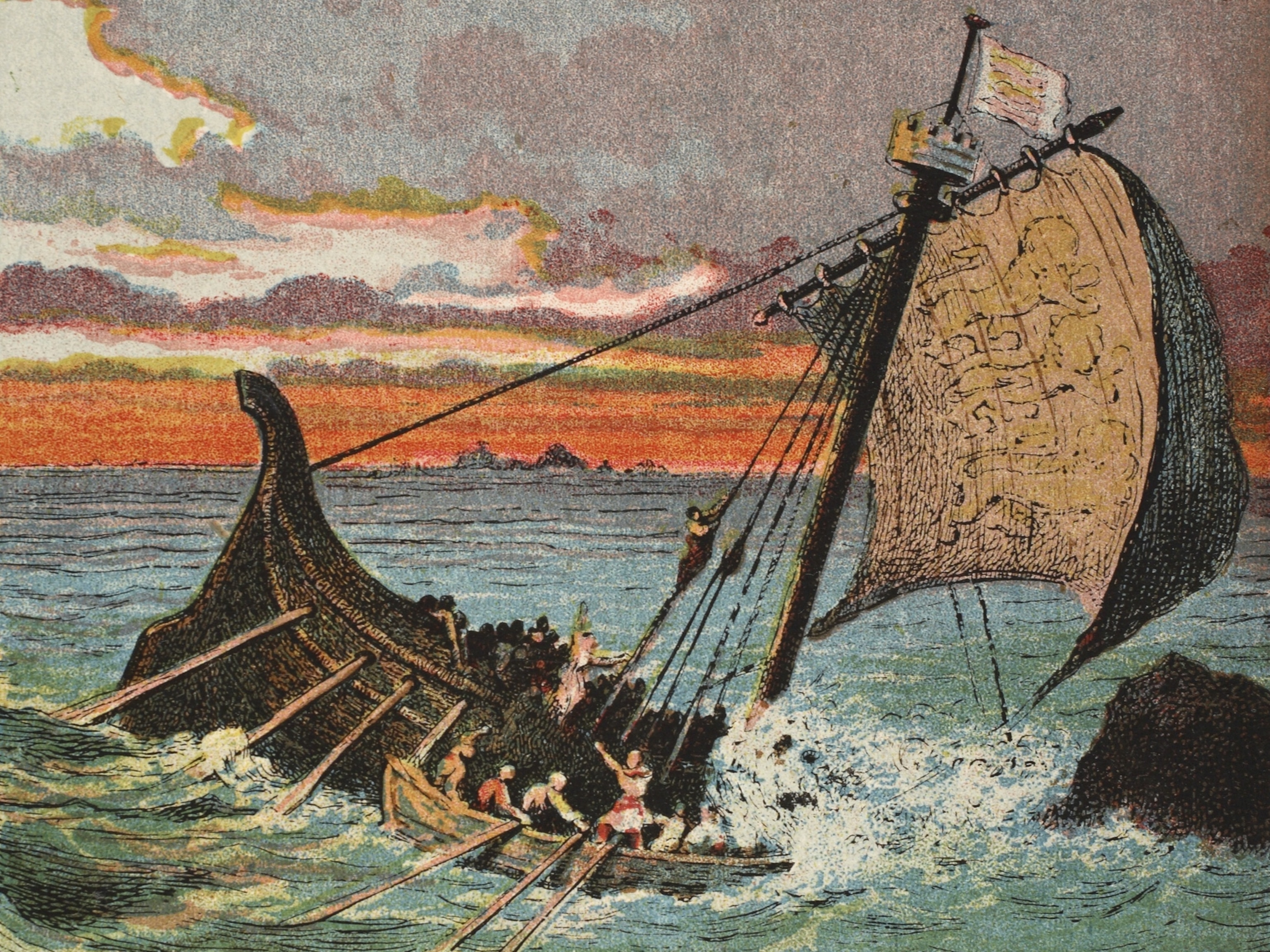
Why Cities Are Safer Than Rural Areas: 5 Surprising Facts
A new study analyzes risk of car accidents, shootings, and other injuries.
For years, people have moved to the country to escape the dangers of big city life. But new research suggests that they may be better off staying put.
A study called "Safety in Numbers: Are Major Cities the Safest Places in the United States?" was published this week by the American College of Emergency Physicians. The researchers, led by Sage R. Myers of the Children's Hospital of Philadelphia, noted that until their work, the overall injury risk in urban areas versus suburban and rural areas had not been fully described.
So Myers's team attempted to classify deaths from injuries "across the rural-urban continuum." They looked at data on 1,295,919 deaths from injuries in 3,141 U.S. counties from 1999 to 2006. These deaths were caused by car accidents, shootings, falls, drowning, suffocation, and more.
"Injury mortality increased with increasing rurality," the scientists wrote. "Urban counties demonstrated the lowest death rates, significantly less than rural counties."
The researchers found that the risk of death from injury was 1.22 times higher in the most rural counties, compared with the most urban ones.
Five surprising facts from the study:
1. Cities Aren't Statistically More Dangerous.
In the paper's introduction, the authors note that overall deaths from injury have historically been higher in cities. But they noted that since 2008, more than half of the world's people have lived in urban areas. In the U.S., as in many other countries, urban counties have more people than rural ones. And when the number of deaths from injuries are averaged out across that higher population, it turns out that the risk to any given individual looks lower for urban dwellers.
In addition to that statistical effect, the researchers noted, "Paradoxically, research also exists suggesting that rural areas bear a disproportionately high level of risk for certain serious injuries such as suicide and motor vehicle injuries, raising the possibility of increased safety threats to rural inhabitants."
The paper also noted that trauma physicians tend to be more accessible and better trained and equipped in urban areas, which may contribute to lower death rates from all kinds of injuries.
People in rural areas also tend to spend more time doing what the researchers deemed the most dangerous activity: riding in cars. In the time period of the study, death from motor vehicle accidents occurred at a rate of 14.9 people per 100,000.
The next most common cause of death by injury, guns, occurred at a rate of 10.4 people per 100,000. Further down the list were poisoning, drowning, suffocation, and falls.
Overall, the injury death rate was 56.2 people per 100,000. The rate for unintentional injury was 37.5 per 100,000, while the rate for intentional injury (homicide and suicide) was 17 per 100,000.
2. Deaths From Injuries Ticked Up, Not Down.
With advancements in emergency medicine and motor vehicle safety, plus years of public awareness campaigns around issues of driving, gun safety, and suicide and violence prevention, you might get the idea that injury-related deaths are on the decline.
Not so, according to the paper—at least during the years between 1999 and 2006. In that period, the rate of injury-related deaths increased by about one percent.
3. Rural Areas See More Car Deaths Than Suburbs or Cities Do.
It may come as a surprise to anyone who has suffered a fender bender in a mall parking lot, at a busy intersection, or along a jammed expressway, but the researchers found that, statistically, death from auto accidents increased sharply the more rural a county was. They found this to be true across all age groups they sampled.
Although rural areas have fewer cars, there may be differences in driving behaviors, as well as restricted access to medical assistance.
4. Race Correlates to Injury Rates in Surprising Ways.
The paper reported that rural counties with the highest percentage of black inhabitants showed a significantly lower risk of death from injury, compared with rural counties with the lowest percentage of black inhabitants. But urban counties with the highest number of black residents showed no difference in risk of injury death, compared with urban counties with the lowest number of African-Americans.
Rural counties with the highest percentage of Latinos had a significantly increased risk of injury death, compared with urban counties with the highest percentage of Latinos. Rural counties with a larger Latino population also had a higher risk of injury death than rural counties with a smaller Latino population.
When it comes to what the study called the "protective" effect of black residents in rural areas, the authors said the factor needs more research. But they suggested that possible causes may include the relatively low suicide rate among African-Americans, and the location farther from highways of some historically black rural neighborhoods, which may decrease the rate of traffic accidents.
The authors did not comment on the findings about Latinos.
5. Higher Education and Income Equals More Deaths.
The researchers reported that rural counties with the highest percentage of college-educated residents showed a significantly increased risk of injury death, compared with urban counties with the highest number of college-educated residents. Rural areas with the most educated inhabitants also showed higher risk than rural areas with the least educated inhabitants. In contrast, there was no difference in risk of injury death between urban areas with highly educated versus less educated inhabitants. Rural counties with the highest median income showed more risk than urban counties with the highest median income. Rural counties with the highest income showed more risk than rural counties with the lowest income.
The researchers wrote that more information is needed to explain these surprising trends regarding education, though they suggested that they might have to do with access to health care and other services.
Are you surprised by these results? Share your thoughts in comments.








